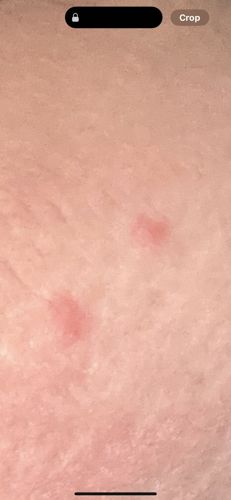Bed Bug
Scientific Name: Cimex lectularius
Order & Family: Hemiptera, Cimicidae
Size: Adults are typically 4-5 mm (0.16-0.20 inches) long.

Natural Habitat
Found in human dwellings, especially in bedrooms. They hide in mattresses, bed frames, headboards, cracks in walls, furniture, and behind wallpaper. They are highly adaptable and can be found almost anywhere people congregate.
Diet & Feeding
Exclusively feed on blood, primarily from humans, but can also feed on other mammals and birds.
Behavior Patterns
Bed bugs are nocturnal and feed on blood while their host is asleep. They hide in cracks and crevices during the day, emerging at night. They are attracted to warmth and carbon dioxide. They often bite exposed skin. Bites usually appear in lines or clusters.
Risks & Benefits
Potential risks include itchy welts from bites, allergic reactions, secondary skin infections from scratching, and psychological distress (anxiety, insomnia). They are not known to transmit diseases to humans. There are no known benefits.
Identified on: 9/4/2025